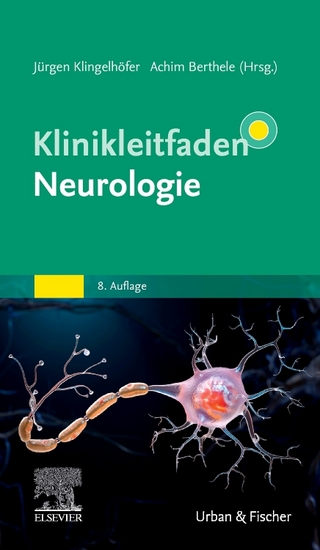
G Protein Methods and Protocols
Humana Press Inc. (Verlag)
978-0-89603-490-7 (ISBN)
The G proteins are a family of structurally homologous, plasma membrane-associated guanine-nucleotide-binding proteins. These proteins play an integral role in the tra- duction of extracellular signals through second messenger systems. As such, G proteins affect a wide variety of intra cellular biochemical reactions by regulating the concent- tion of second messengers in cells. G proteins are heterotrimeric, consisting of a, p, and y polypeptide chains, with G protein specificity largely det- mined by the a-subunit, Molecular cloning of G protein s- units has revealed 23 distinct a-subunits, encoded by 17 different genes. Based on functional measures, G proteins are generally classified into three major categories: the G, family, which is stimulatory for adenylyl cyclase; the G, f- ily, which is inhibitory for adenylyl cyclase; and the G, f- ily, which stimulates phospholipases (Birnbaumer and Birnbaumer, 1995). Alternatively, on the basis of sequence homology, G proteins can be subdivided into four cate- ries: G,, G,, G,, and G12.
In Vitro Autoradiographic Localization of Receptor-Stimulated [35S]GTP?S Binding in Brain.- Small-Molecular-Weight G Proteins.- G Proteins in the Etiology and Treatment of Mental Disorders.- G Protein ?- and ??-Subunits as Possible Mediators of Dopamine-D1:D2 Receptor Ligand Binding Interactions.- Modulation of G Proteins in Rat Striatum by Neuroleptic Drugs and a Peptidomimetic Analog of Pro-Leu-Gly-NH2.- G Proteins and Animal Models of Parkinson’s Disease.- Protein Kinase C as a Modulator of 5- HT1A and Dopamine- D2 Receptor Signaling.- Molecular Mechanisms of Opiate Addiction in the Nucleus Accumbens.- G Protein-Linked Opioid Receptors.- G Protein-Coupled melatonin receptors.- G Proteins in the Pathophysiology and Treatment of Mood and Anxiety Disorders.- Determination of Adenosine Receptor-G Protein Coupling.- G Proteins and Mood Disorders.- G Proteins in the Medial Temporal Lobe in Schizophrenia.- G Protein Abnormalities in Schizophrenia.
| Erscheint lt. Verlag | 14.7.1997 |
|---|---|
| Reihe/Serie | Neuromethods ; 31 |
| Zusatzinfo | 92 Illustrations, black and white; XIV, 433 p. 92 illus. |
| Verlagsort | Totowa, NJ |
| Sprache | englisch |
| Maße | 155 x 235 mm |
| Themenwelt | Medizin / Pharmazie ► Medizinische Fachgebiete ► Neurologie |
| Medizin / Pharmazie ► Medizinische Fachgebiete ► Psychiatrie / Psychotherapie | |
| Naturwissenschaften ► Biologie ► Biochemie | |
| Naturwissenschaften ► Biologie ► Mikrobiologie / Immunologie | |
| Naturwissenschaften ► Biologie ► Zellbiologie | |
| ISBN-10 | 0-89603-490-9 / 0896034909 |
| ISBN-13 | 978-0-89603-490-7 / 9780896034907 |
| Zustand | Neuware |
| Haben Sie eine Frage zum Produkt? |
aus dem Bereich


